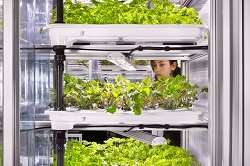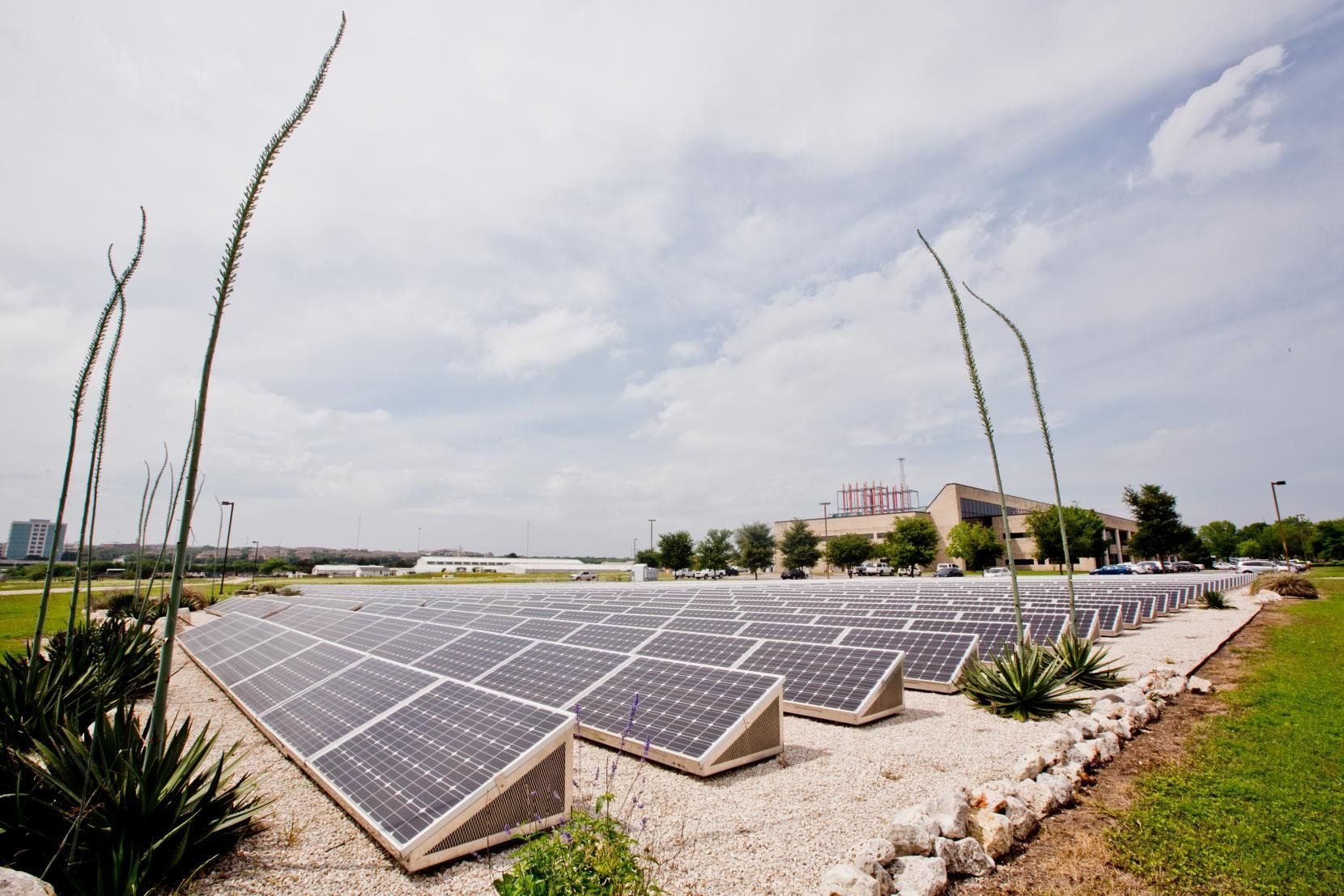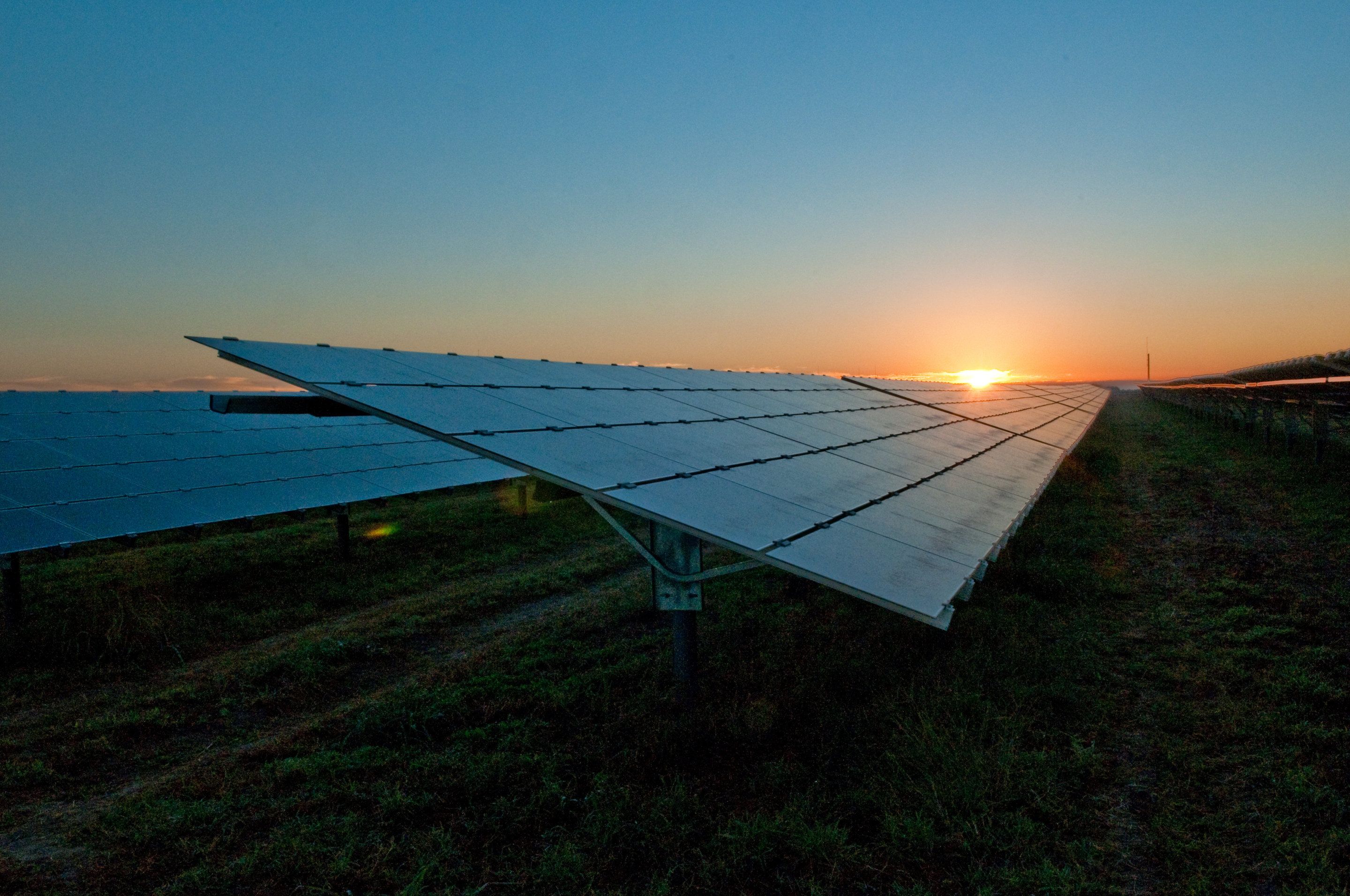This high-tech farm is growing crops in an entirely new way. 🌱.
Category: sustainability – Page 597

The EU Is Planning a Ban on Single-Use Plastic Products
The European Commission is proposing a ban on around 10 single-use plastic items that it says account for approximately 70 percent of all garbage in the European Union’s waters and beaches, including cutlery, straws, cotton buds, plates, some coffee cups, and stirrers, CNN Money reported on Monday.
According to CNN’s report, it’s part of a broader plan to shift the European economy away from single-use products that end up going straight into the garbage or the street:
The legislation is not just about banning plastic products. It also wants to make plastic producers bear the cost of waste management and cleanup efforts, and it proposes that EU states must collect 90% of single-use plastic bottles by 2025 through new recycling programs.


Urban food from vertical farming
Your local supermarket and favourite restaurant could soon be growing their own food, thanks to an EU-funded project that has completely redesigned the food supply chain to develop the concept of in-store farming.
Our busy, modern lives demand that fresh produce be available 365 days a year, even though some varieties may only be seasonal and/or produced on the other side of the world. The result is a food system centred on quantity, low prices and efficiency rather than on quality, sustainability and traceability.
The EU-funded INFARM (The vertical farming revolution, urban Farming as a Service) project reflects a growing desire for highly nutritious locally grown food, which is free of herbicides and pesticides and addresses the lack of accountability in the current food system. “By growing produce directly where people eat and live, we can cut out the lengthy supply chain, significantly reduce food waste, offer nutrient-dense food without any chemical pesticides and improve the environmental ‘foodprint’ of our plants,” says the INFARM’s Chief Technical Officer and co-founder, Guy Galonska.

Single-system solar tech cuts clean energy costs in half
Generating power from the sun isn’t the problem. The technology has been there for decades. Storing that power efficiently, however, has been a challenge.
That’s why the Department of Energy has awarded $3 million to engineering researchers at The University of Texas at Austin to overcome the Achilles’ heel of the solar power story since Day One: how to store its energy.
To date, most major solar energy systems are bulky and expensive, with inefficient storage capacity. Energy coming from existing solar power systems must be housed in storage systems outside of the generators that create the power. In other words, two separate systems are required to ensure successful operation.

As more solar and wind come onto the grid, prices go down but new questions come up
Wind and solar energy are growing rapidly in the U.S. As these energy sources become a bigger part of the electricity mix, their growth raises new questions: How do solar and wind influence energy prices? And since power plants last for decades, what should policymakers and investors think about to ensure that investments in power infrastructure pay off in the future?
Our research team at the Lawrence Berkeley National Laboratory decided to look at what effect a higher share of wind and solar will have on these questions. In our latest study, we found that high shares of these energy resources lead to several profound changes in electric power systems.
In particular, our study shows how solar and wind tend to lower energy prices, but they add new complexity for operating the grid, which has big implications for regulators. For consumers, this research is a reminder that making the electricity grid cleaner with wind and solar is an evolving process that requires significant changes to how the power grid is currently run—but one that offers large opportunities, if we as a country can become more flexible when we use electricity.

Triggering Autophagy to Potentially Combat Neurodegenerative Diseases
Researchers at Brown University have discovered a way to stimulate cellular autophagy, which is a natural recycling system built into every cell in the body. This has the potential to combat many age-related neurodegenerative diseases.
What is autophagy?
Autophagy means “eating of self” (from Ancient Greek “auto” = self, “phagein” = to devour). Autophagy is how cells break down broken or dysfunctional organelles and proteins in the cell [1,2]. This essentially means that autophagy can consume organelles, such as mitochondria, peroxisomes, and the endoplasmic reticulum, as part of this process. There is also evidence to support that high levels of autophagy are linked to longevity.

Quantum dots made from tea leaves lay waste to lung cancer cells
Full of antioxidants and vitamins, tea is pretty good for you, and green tea extracts have even been used as effective carriers for cancer drugs. New research led by Swansea University has found a novel way to wring more health benefits out of the stuff, by making quantum dots from tea leaves and using them to slow the growth of lung cancer cells.
Quantum dots are semiconductor particles so small they exhibit strange electrical and optical properties, such as the ability to fluoresce in different colors, or help with certain chemical reactions. Their glowing properties mean they’re showing up in TVs and solar cells, and in medical applications as biomarkers to help doctors precisely locate tumors. They’re also being used to treat cancer, fight antibiotic-resistant bacteria and convert CO2 into liquid fuels.
The problem is, manufacturing them can be a costly and complicated process, and the end results can be toxic. So the Swansea team, along with researchers from Bharathiar University and K. S. Rangasamy College of Technology, set about making quantum dots out of humble tea leaves.

Dealerships trash talk electric cars: study
Car dealerships in Nordic countries actively discourage consumers from buying electric vehicles, researchers who conducted an undercover investigation said Monday.
Their findings, published in the peer-reviewed Nature Energy, reveal an overlooked barrier to the sale of electric vehicles, which are expected to play a key role in lowering CO2 emissions and curbing global warming.
Posing as prospective buyers, the researchers made 126 enquiries at 82 dealerships in Denmark, Norway, Sweden, Iceland and Finland.

Advanced biofuels can be produced extremely efficiently
A chance to switch to renewable sources for heating, electricity and fuel, while also providing new opportunities for several industries to produce large numbers of renewable products. This is the verdict of researchers from Chalmers University of Technology, Sweden, who now, after 10 years of energy research into gasification of biomass, see an array of new technological achievements.
“The potential is huge! Using only the already existing Swedish energy plants, we could produce renewable fuels equivalent to 10 percent of the world’s aviation fuel, if such a conversion were fully implemented,” says Henrik Thunman, Professor of Energy Technology at Chalmers.
How to implement a switch from fossil-fuels to renewables is a tricky issue for many industries. For heavy industries, such as oil refineries, or the paper and pulp industry, it is especially urgent to start moving, because investment cycles are so long. At the same time, it is important to get the investment right because you may be forced to replace boilers or facilities in advance, which means major financial costs. Thanks to long-term strategic efforts, researchers at Sweden´s Chalmers University of Technology have now paved the way for radical changes, which could be applied to new installations, as well as be implemented at thousands of existing plants around the globe.